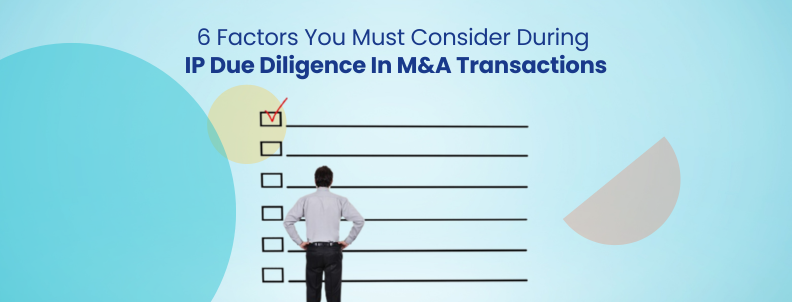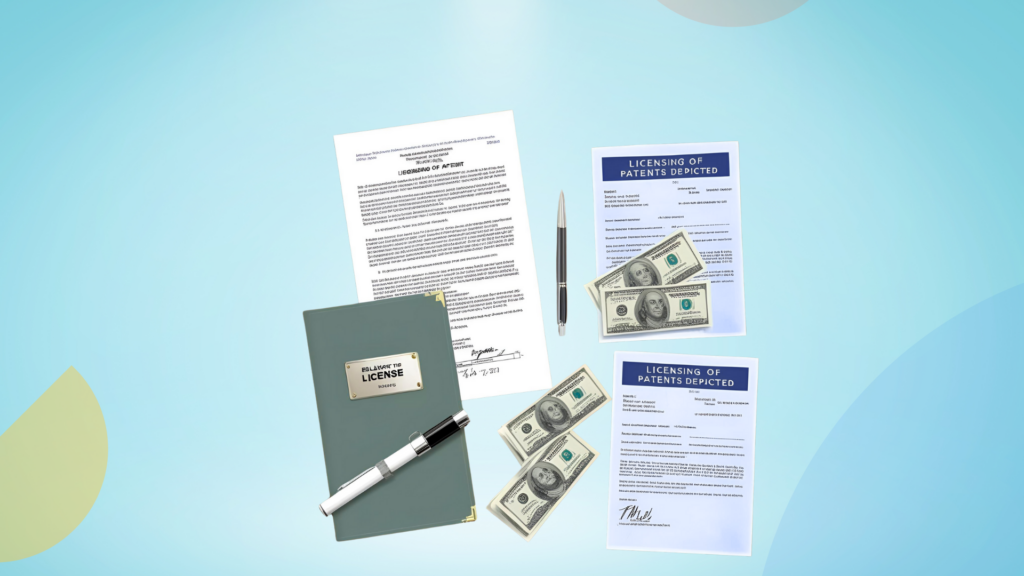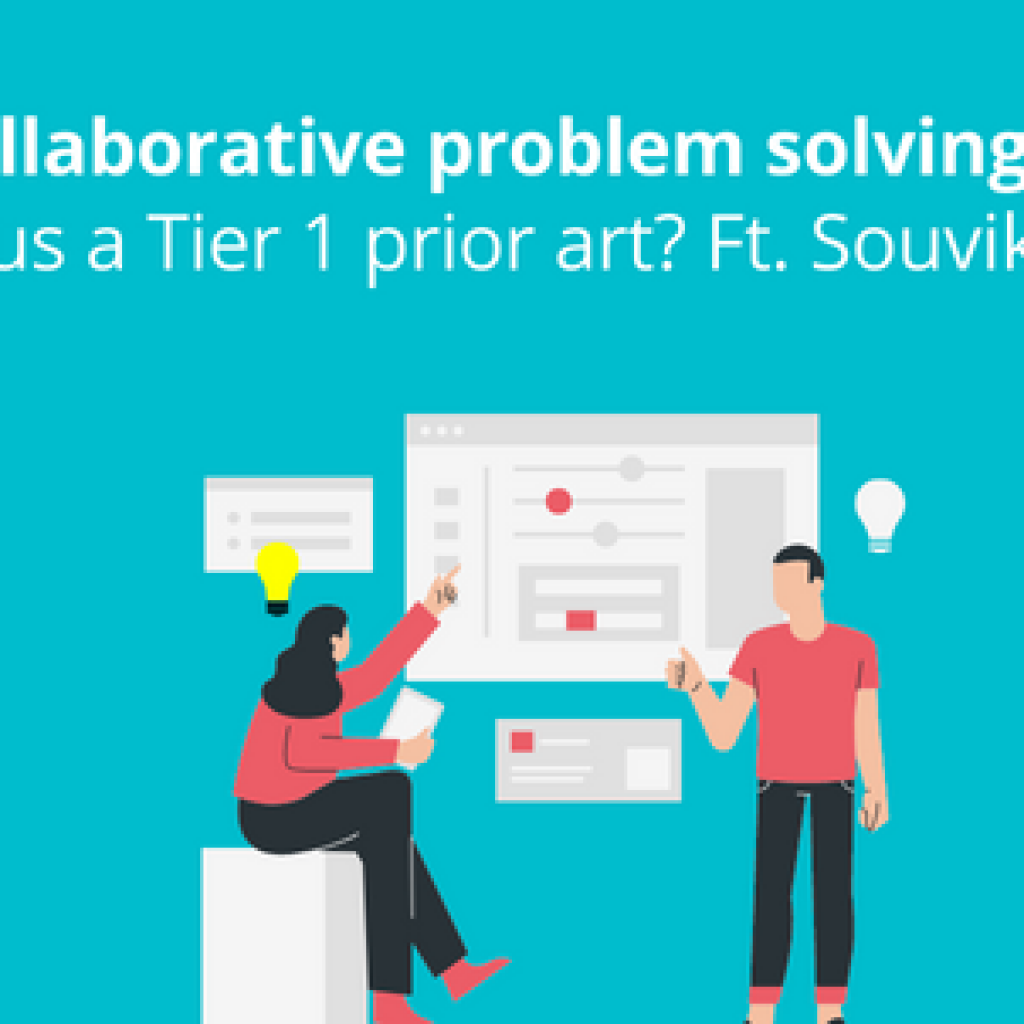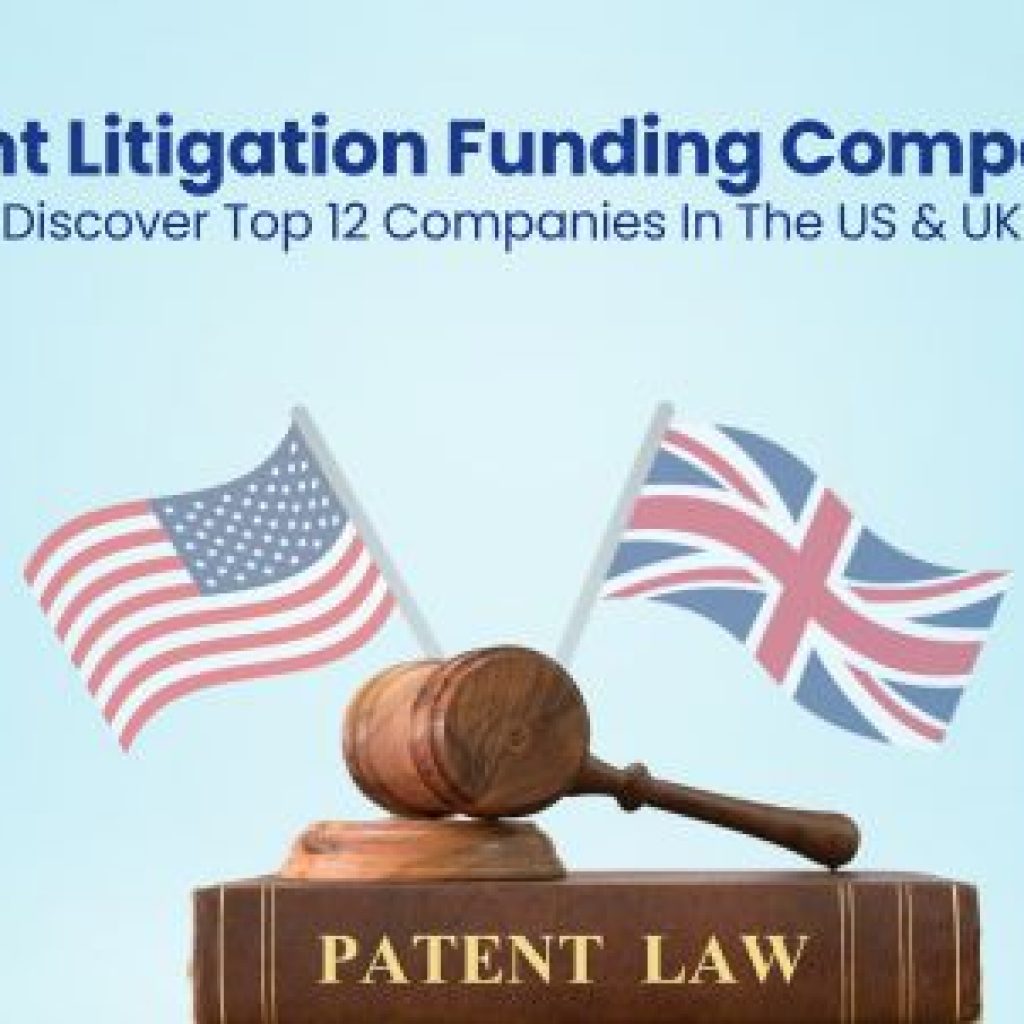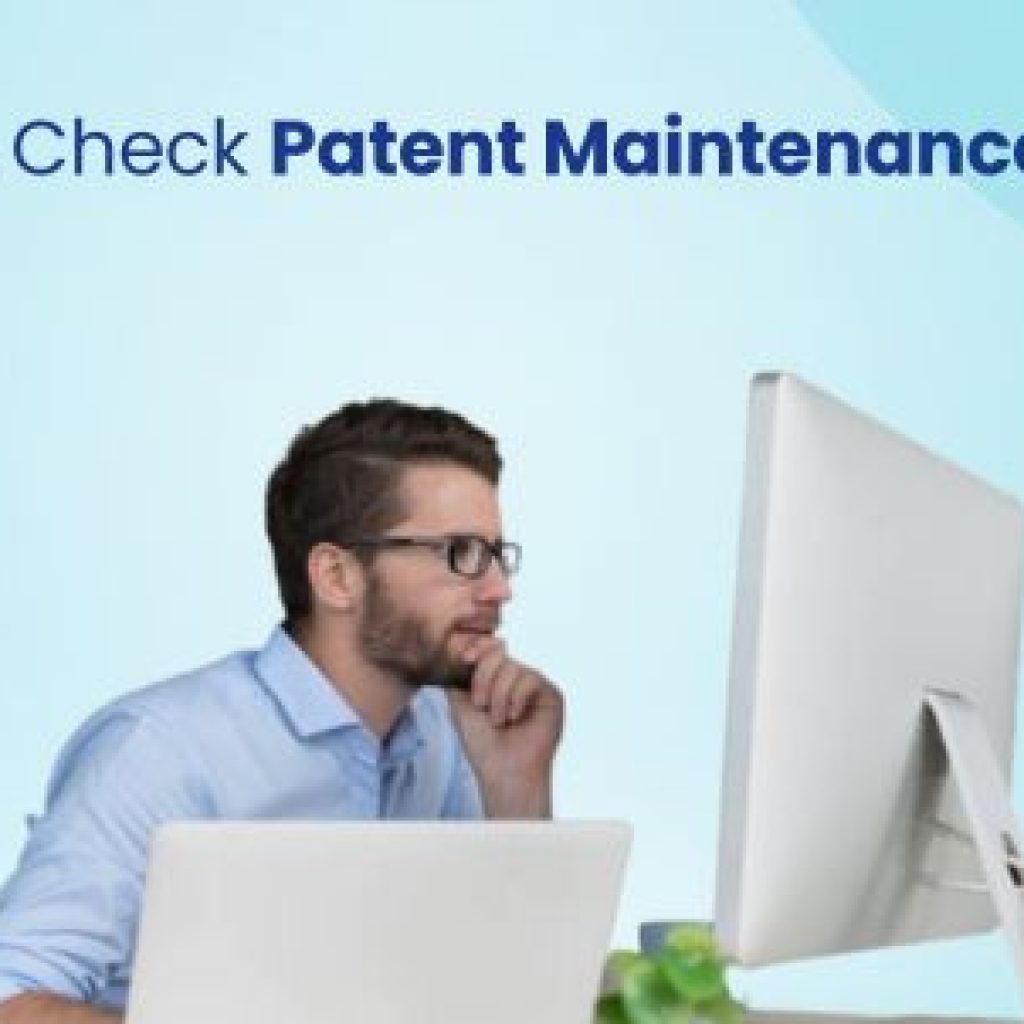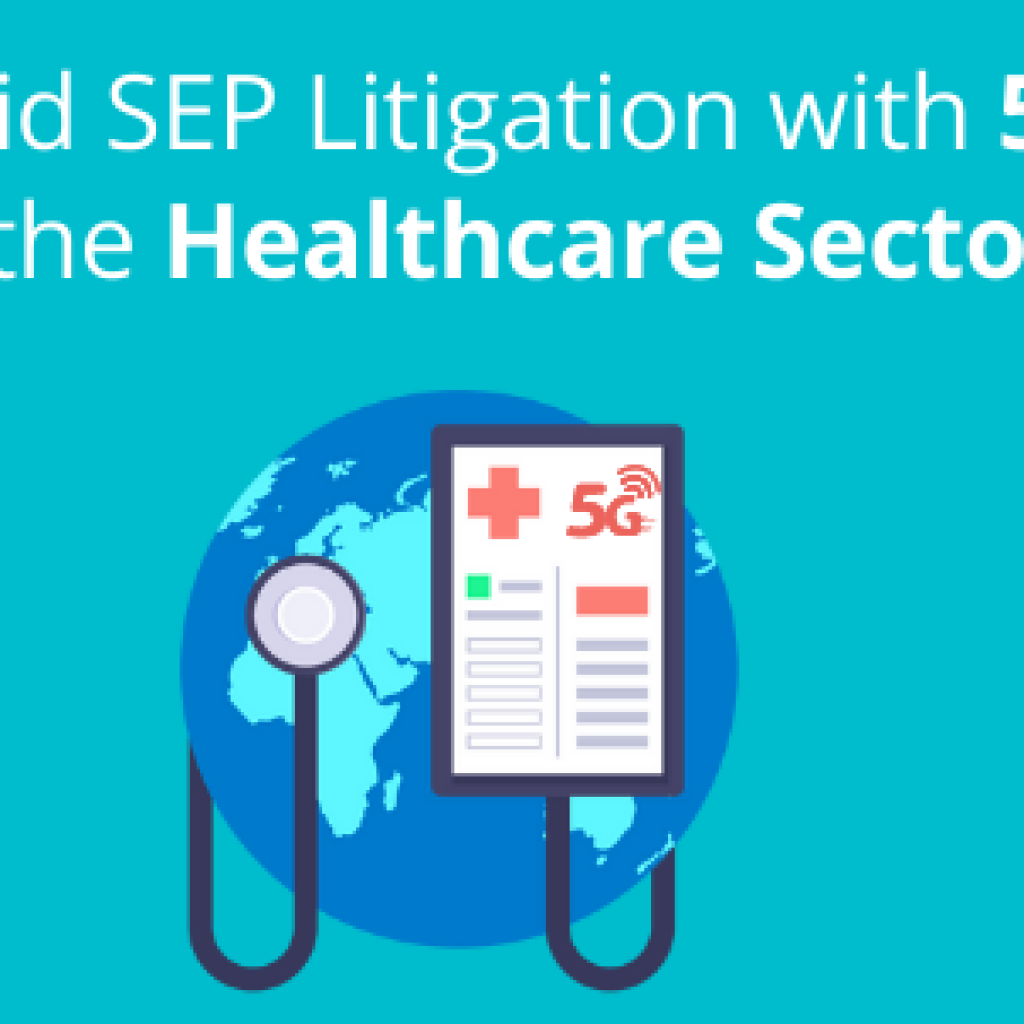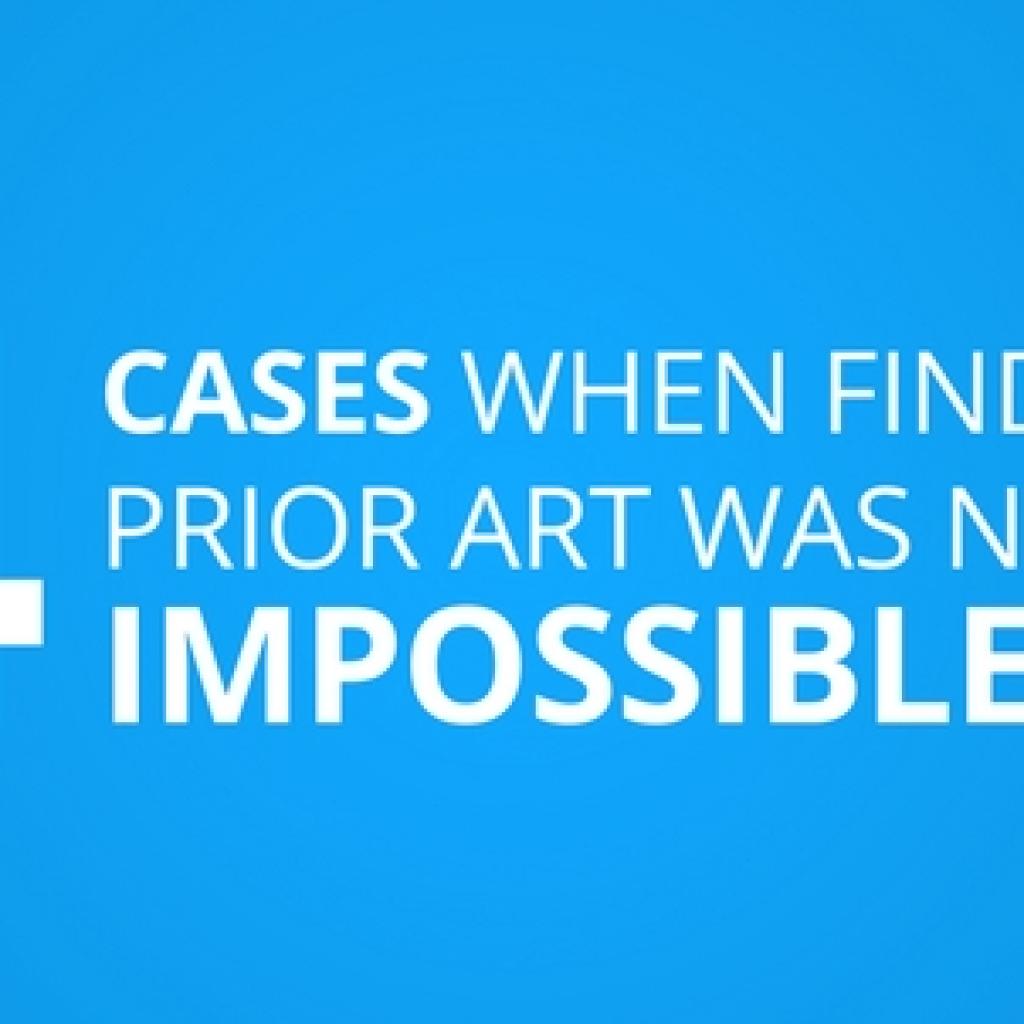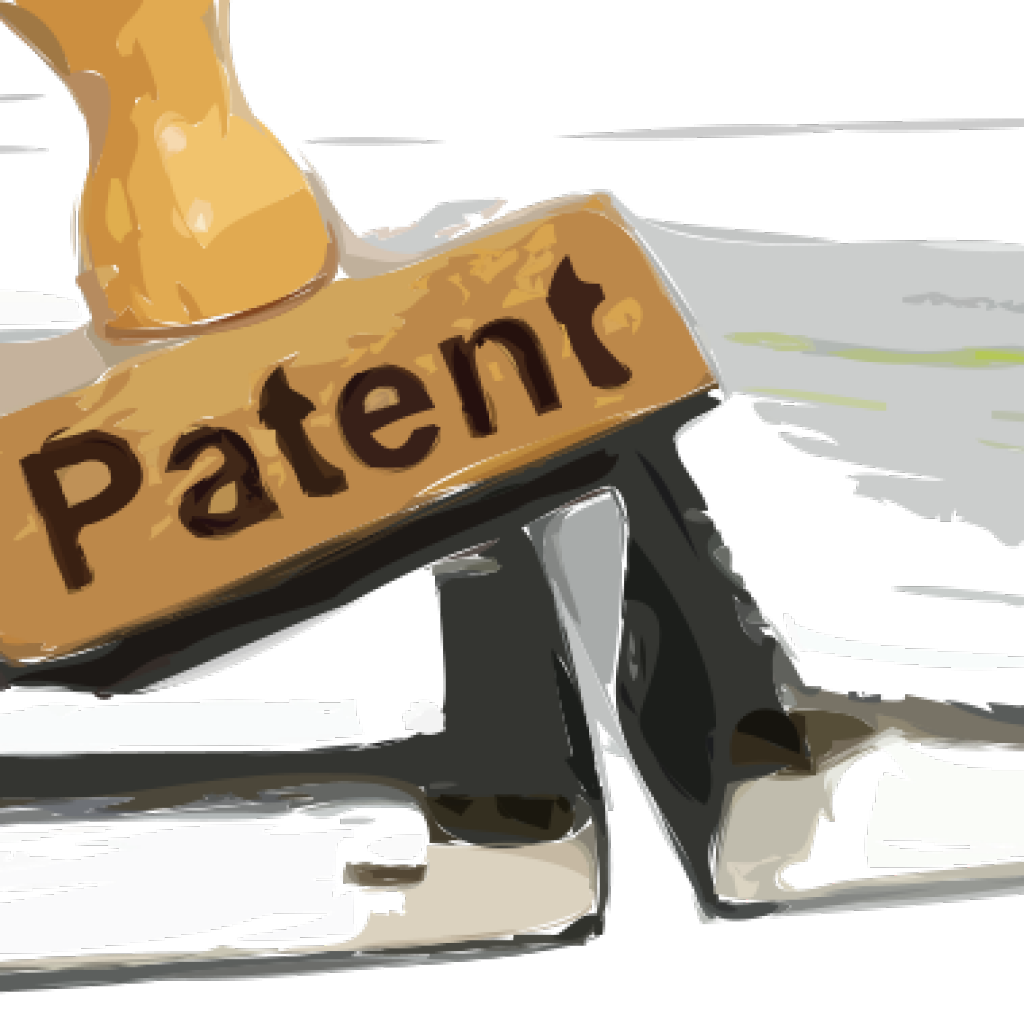Jon, a high-ranking executive of a tech firm, recently reached out to us with a request to find valuable Wi-Fi6 SEPs his company should buy. As soon as we ended the kick-off call, we opened our comprehensive IP due diligence checklist. After considering commercialization, competitive advantage, and other factors for patent buying, we recommended a potential seller with a history of transactions involving well-known corporations. This recommendation was based on substantial evidence from Richard Olivier’s Annual Brokered Patent Market report, which consistently highlighted the seller.
However, Jon was concerned whether the seller had any high-value patents left, given their extensive transaction history with various companies. He was also unsure if the remaining patents in the portfolio had any potential for monetization.
Well, Jon shares the same worries as other patent buyers. They want to know if the patents they intend to purchase have value beyond their novelty. This inquiry leads to the important parameter of the IP Due Diligence Checklist – patent encumbrance.
When acquiring patents, it is crucial to recognize that encumbrances bring forth associated obligations and limitations for the buyer. In Jon’s case, he was concerned about the seller’s history of licensed transactions.
However, what your research partner doesn’t tell you is that within this parameter fall six essential factors that cannot be overlooked!
Consequently, prospective patent buyers face the challenge of evaluating the encumbrance landscape and comprehending its implications.
In this article, we’ve explored these six factors in assessing patent encumbrances you must consider while purchasing a patent.
6 Essential Steps in Assessing Patent Encumbrances
Not all encumbrances may be disclosed by the seller, so we add the following factors to our IP due diligence checklist before suggesting a patent for purchase to our client.
1. Requesting Comprehensive License Agreements:
To ensure a smooth acquisition process, all license agreements for the patents under consideration must be requested from the seller. This is one way to uncover any existing contractual obligations or limitations on the patents.
Since this is the fundamental and the very first step when we assess patent encumbrances for our client, we checked with Jon and asked if he could contact the potential sellers and get information on licensing deals for their patents. Jon heard back from some of the potential sellers and forwarded us the licensing deal info he received from those sellers.
As a result, we could negate some of the sellers who had high limitations on their patents.
2. Thoroughly Reviewing Recorded Licenses:
Conduct a diligent search across various patent repositories like PatSnap to identify if any licenses have been officially recorded. This step ensures a comprehensive understanding of the licenses associated with the patents. Specifically, we utilized this process for Jon.
The search in patent repositories revealed that several patents were indeed involved in licensing agreements for a period of 10 years. However, a crucial finding emerged: while these patents were restricted from use in the Telecommunications field, there were no limitations on entering other areas.
With this valuable information, Jon capitalized on the opportunity and used the details to his advantage. He entered into a sublicense agreement, enabling him to access and utilize the patented technology for applications outside the Telecommunications industry.
3. Examine Portfolio-wide and Cross-Licenses:
If the client is acquiring a subset of patents from a larger portfolio, carefully scrutinize any portfolio-wide licenses and cross-licenses held by the seller. These licenses may have implications for the patents the client intends to acquire.
During one of our cases, our client sought to acquire specific patents in advanced telecommunications technology from a seller with a large patent portfolio. Their objective was to bolster their position in the telecommunications market and improve their product offerings.
Upon thorough due diligence, we discovered that the seller had an existing portfolio-wide license agreement with Company A, a major competitor in the telecommunications industry. This agreement allowed Company A to utilize all patents in the seller’s portfolio for their own products and services. Additionally, there was a cross-license arrangement between the seller and Company B, a smaller telecommunications company, enabling both parties to use each other’s patents in specific product categories.
These portfolio-wide and cross-license agreements raised several concerns for our client, including potential limitations on the use of the acquired patents, the risk of litigation, potential impacts on their market position, and the overall value of the acquisition.
Consequently, based on this assessment, our client explored other options beyond this particular seller. In doing so, they safeguarded themselves from entering into a potentially unfruitful deal.
4. Identifying any breach of licensing agreement:
When considering the purchase of patents that are already licensed, it would be advantageous to identify any breaches of the licensing agreements. The seller grants licenses for its patents with certain restrictions imposed on the licensee. These restrictions may include limitations on using the licensed invention within a specific territory or a particular field of use.
By identifying breaches in the license agreements, you can effectively reduce the encumbrances associated with the patents. This process involves reviewing the list of licensees and potentially terminating licenses if there are grounds for such action.
To gain insight into the license agreements, some sellers we shortlisted for Jon provided us with copies of the agreements, although they withheld the royalty fee details. This was a valuable resource as it allowed us to understand the intricacies and terms of each license. With this information in hand, we did a comprehensive review of the agreements to pinpoint any potential breaches.
In our investigation, we cross-referenced the information in the agreements with online literature and public records. This examination aimed to detect any activities that breach the licensing terms. These activities could include instances where the licensee had utilized the patented technology beyond the defined geographical territory or outside the permitted field.
Upon discovering potential indications of breaches, we scanned the license agreements to determine the grounds on which we could pursue action. Depending on the severity of the breach and the terms outlined in the agreements, we suggested various courses of action, including notifying the licensees of the breach and seeking resolution or, if necessary, initiating discussions to terminate the licenses in accordance with the agreement terms.
Identifying breaches in the license agreements was a crucial step in reducing the encumbrances associated with the patents under consideration.
5. Checking for Security Interests:
Banks or financial institutions can establish security interests on patents, granting them legal rights over the patents in case of default. Consequently, purchasing patents burdened with security interest encumbrances poses the risk of the lending institution assuming ownership through legal means.
Determining if the patents have been subject to any security interests by searching the USPTO Assignment Data and similar websites for other jurisdictions. This step helps identify any encumbrances resulting from security interests.
For example, if one of our clients in biotech wants to acquire a patent portfolio in the field of gene editing. During the due diligence, we check the USPTO Assignment Data and international patent databases to identify various security interests. We notice that one of the patents in the portfolio has been pledged as security to a third-party research organization. The patent owner pledged the patent rights to secure funding for ongoing research and development projects. This security interest raises potential concerns for our clients, as it could affect their freedom to operate or commercialize products based on the patented technology.
As a result, we further investigate the scope and duration of the security interest to determine its impact on the client’s potential business plans.
6. Exploring Government Funding:
Investigating whether the potential seller has received any research and development (R&D) funding or government grants for patent drafting. Understanding government involvement can shed light on potential encumbrances associated with these patents.
For instance, some grants may come with the condition that the patented technology should be made available for use in specific government projects related to national security.
As a result, it is important for the buyer to carefully assess how the government grant’s conditions align with their business objectives. The obligation to provide technology for national security projects may limit the buyer’s flexibility to commercialize certain aspects of the patented technology or impose additional regulatory compliance requirements.
Therefore, they need to weigh these factors against the potential benefits of acquiring the patents and explore if there are any ways to address the government’s requirements while still achieving their business goals.
Additionally, government funding for patents introduces a distinct form of encumbrance. Patents that have received government funding, in part or in full, may entail contractual obligations imposed by the funding entity. These obligations can be of any type, such as the involved patents cannot be licensed, the patents cannot be asserted, etc.
One notable example of this case where government-funded research is the case of the drug Truvada, used for pre-exposure prophylaxis (PrEP) to prevent HIV infection. The development of Truvada was supported by NIH funding, and as a result, the NIH held certain rights to the patents associated with the drug. However, the license agreement included specific obligations, such as ensuring affordable access to the drug for individuals at risk of HIV infection.
Unexpectedly, this agreement took a different turn when the government sued Gilead in 2019, arguing that the company was profiting off CDC patents through the company’s sales of Truvada. Though the verdict came in favor of Gilead, getting involved in the case was the last thing they wanted.
Imagine buying such a patent and getting involved on the wrong side of the lawsuit. You can easily avoid this hassle by adding these essential steps to your IP due diligence checklist.
Conclusion
Patent encumbrance is just one crucial parameter in the extensive IP due diligence checklist of factors determining a patent purchase’s profitability. However, venturing into this realm unprepared can lead to unwanted consequences.
But fear not. Our years of experience can help you navigate through the complexities involved in patent acquisition. Don’t leave your patent acquisition success to chance. Get in touch with us today.
Authored by: Hritik Negi and Annie Sharma

